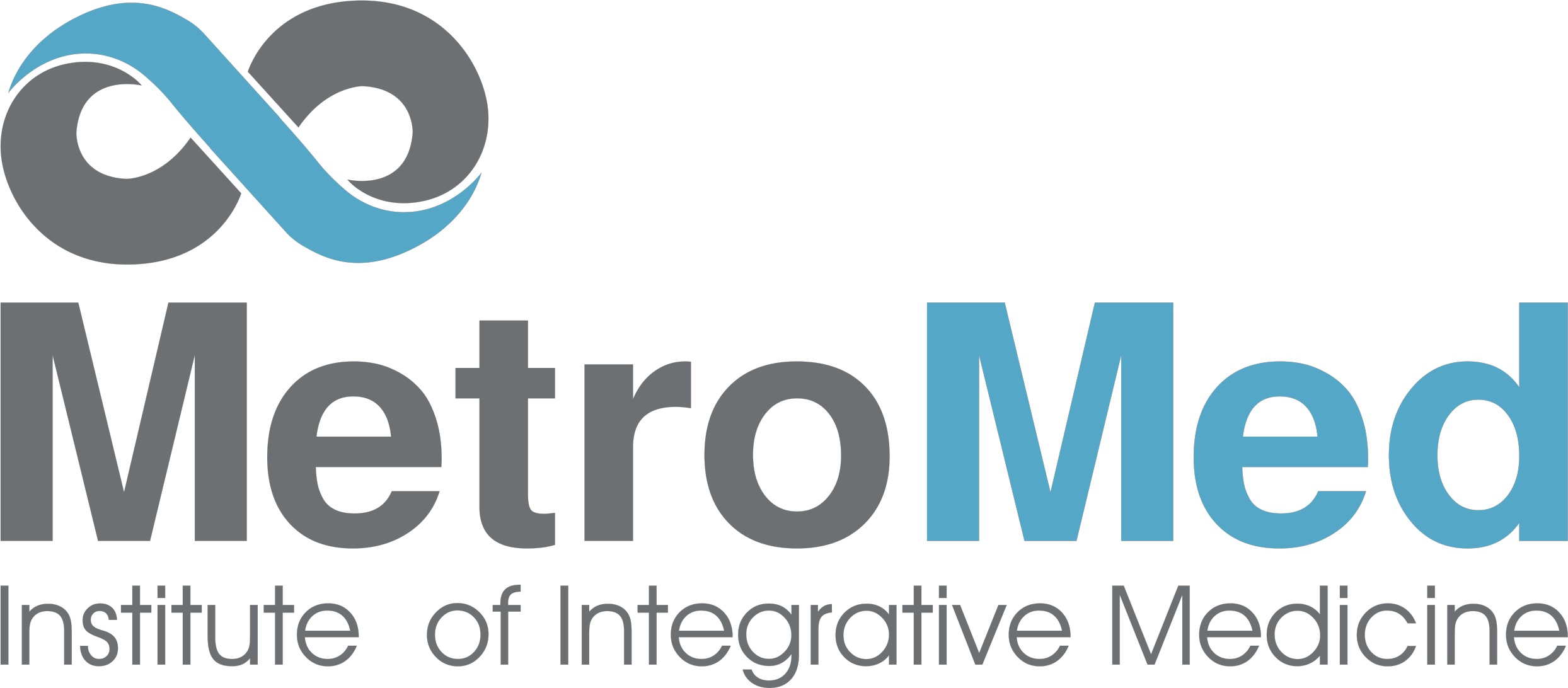Stem cell transplants have been breaking news headlines for the past months. Constantly there is a stream of athletes, doctors, and researchers on the news speaking on the subject. But what really is a stem cell transplant? And why do we need it? Stem cell transplants are the newest tier to medicine, categorized under the field of regenerative medicine. This new technology gives the medical world a new tool to replace aging and degenerated tissues. Before the use of stem cell transplants damaged tissues would normally be replaced with a prosthetic, with this technology we have the ability to regenerate your tissues back to their natural state.
Stem cells have the ability to replace and restructure areas of the body that endured trauma. When a professional boxer takes a punch directly to his bones microscopic fractures form. Fractures stimulate repair by mobilizing stem cells in your bones to start dividing and secreting factors to promote healing. In the case of the boxer stem cells naturally promote healing of a damaged area. This is the same mechanism that occurs all around your body to maintain tissue health.
However, your native stem cells only have the ability to replenish tissues to a certain extent. This is where stem cell transplants are beneficial; the transplant allows tissues to be restored beyond what can naturally be done. In the case of the boxer if their bones, ligaments, tendons are damaged beyond the point of repair by natural processes, stem cells can be transplanted to this area to promote healing. This method uses our body’s own healing mechanism by concentrating stem cells in a damaged site and allowing them to provide their biological service to repair the body.
But where do these cells come from? There are two sources of stem cells that are being used today for transplantation. The first source of stem cells is from the patient themselves. These cells are usually harvested from fat or bone marrow. These cells are the highest safety for stem cell transplantation because they contain your own DNA, allowing for your tissues to be restored back to the structure your DNA codes for. The second source of stem cells for transplant is from a donor source. These cells are often obtained from placentas, a donor, or embryos. However, these cells do not contain the DNA that matches the recipient, which can often cause complications.
Stem cell transplantation gives the medical world a new ability to repair damaged tissues. This discovery of concentrating cells and replacing them into damaged sites allows your body heal beyond its normal capability. Many diseases that have been untreatable can now use stem cells to rebuild damaged cells. Soon diseases like arthritis, diabetes, and neuro-degeneration will be obsolete.
Copyright © 2012 Alex Martin MD, Devin Stone, Xin Zhang, Los Angeles
References:
-
- Lanza, R. P., and Irina Klimanskaya. Essential Stem Cell Biology: Reliable Lab Solutions. Amsterdam [etc.: Elsevier, 2009. Print.
-
- Rinaldi, C. “Efficacy and Safety of Peripheral Blood Stem Cell Mobilization and Collection: A Single-center Experience in 190 Allogeneic Donors.”  National Center for Biotechnology Information. U.S. National Library of  Medicine. Web. 29 Mar. 2012..
-
- Uccelli, Antonio, and Darwin J. Prockop. “Why Should Mesenchymal Stem Cells (MSCs) Cure Autoimmune Diseases?” Current Opinion in Immunology 22.6 (2010): 768-74. Print


